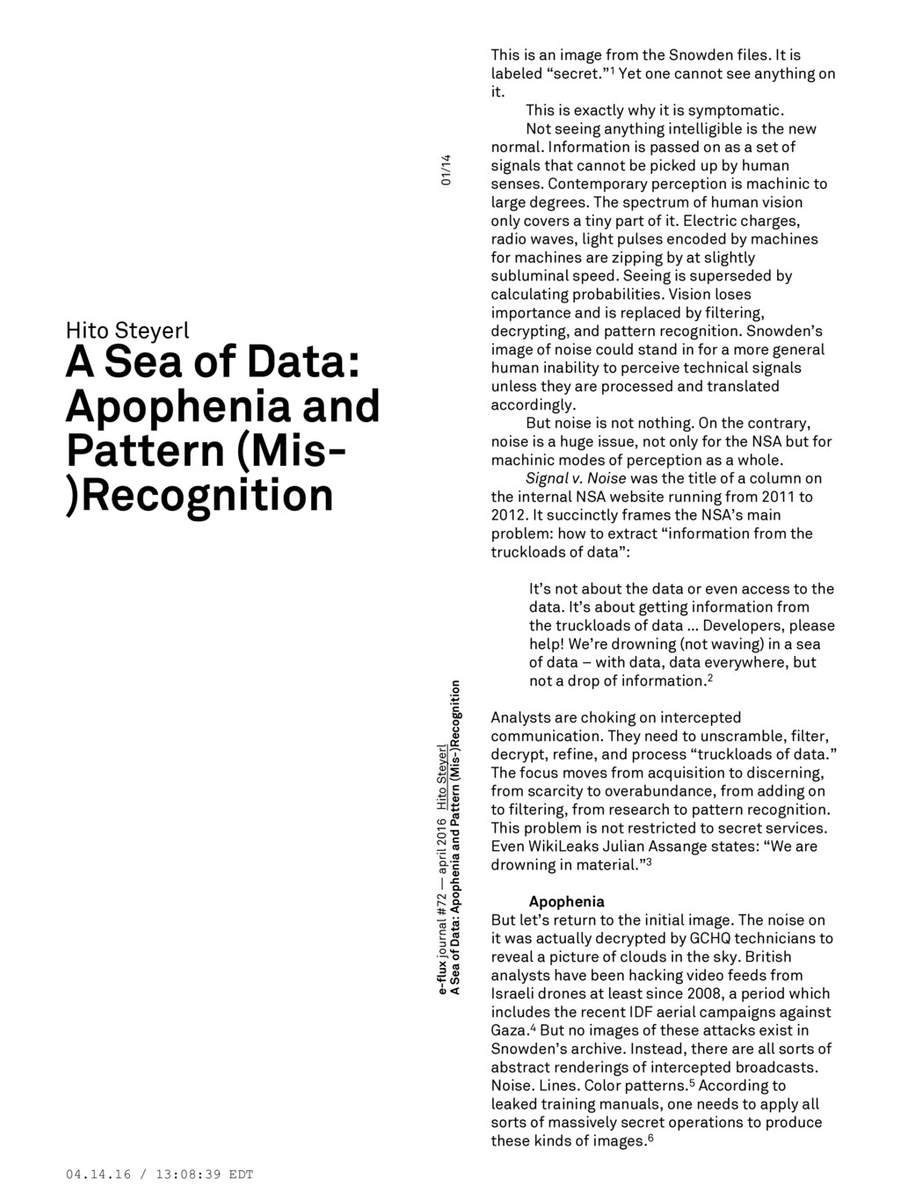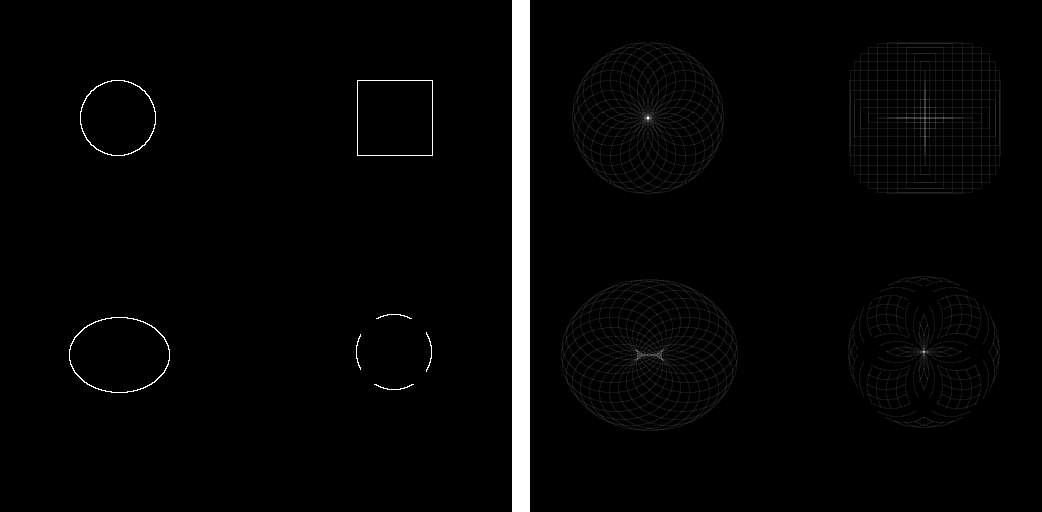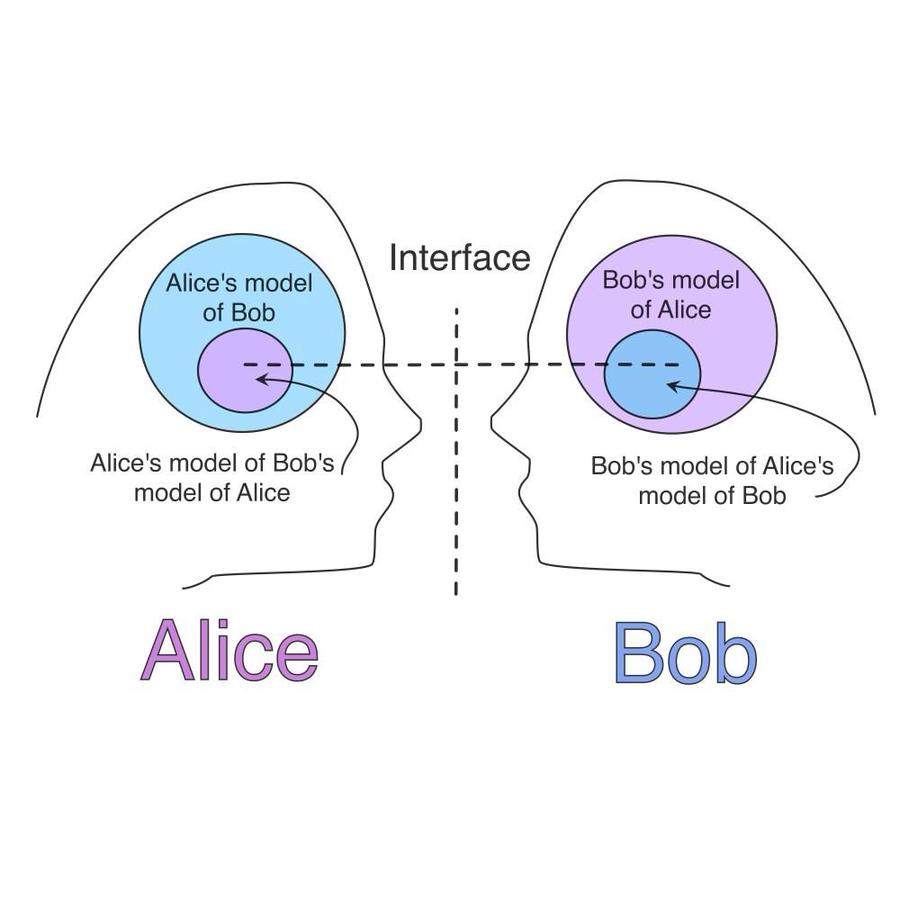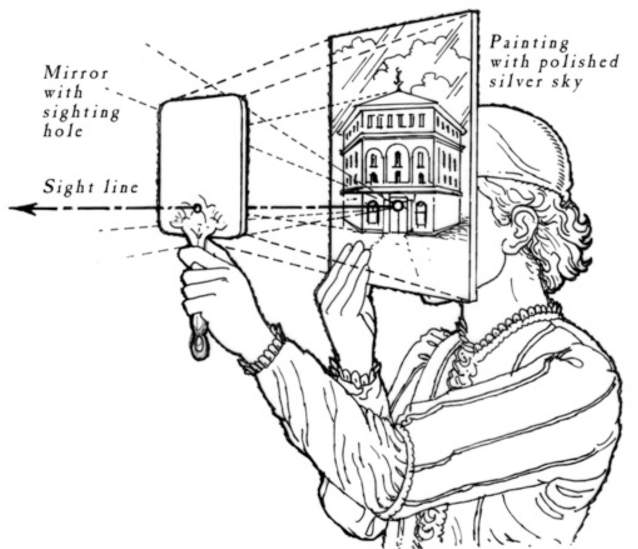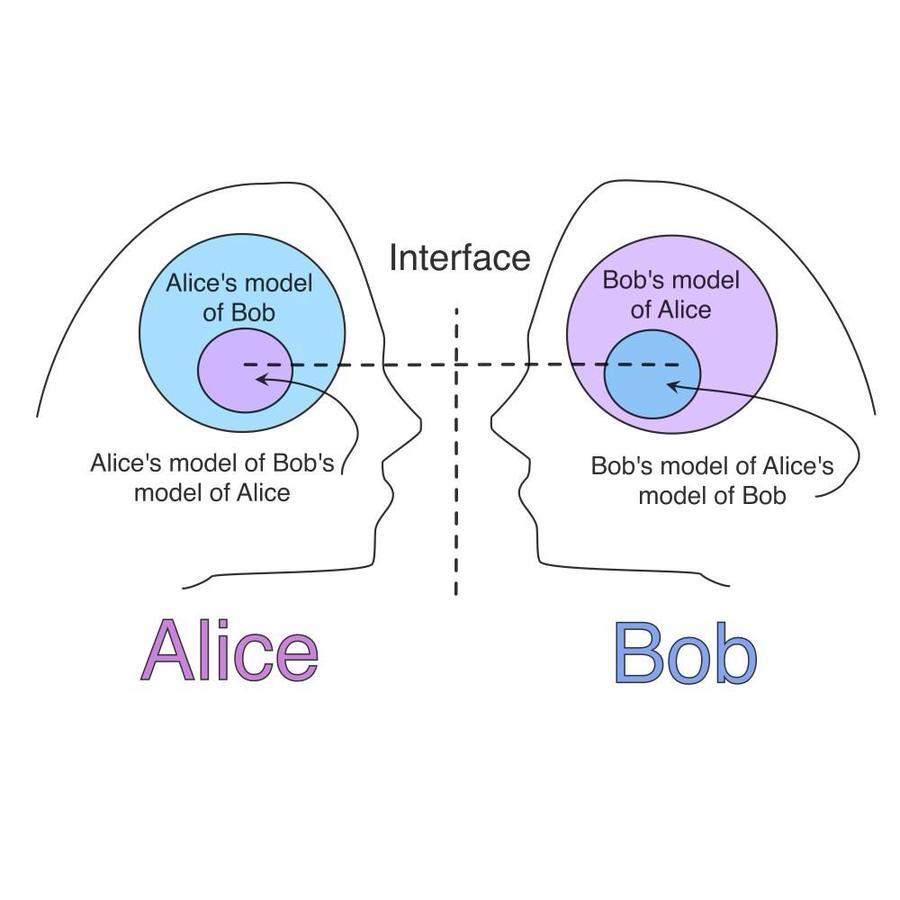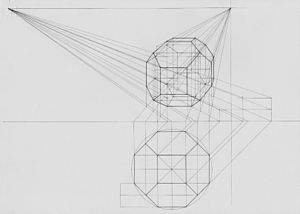syn·site
in dictionary terms: (noun): an entangled, non-singular locus of experience, exchange, environment, observation, objects, or relationships, crystallized in a networked space, actual or virtual, marked by simultaneity, plurality, and potentiality. (verb): the act of synchronizing or integrating multiple disparate locations or concepts into a unified, complex space. This process involves the recognition and active engagement with the overlapping, entangled realities of these sites, effectively creating a new, dynamic, and non-singular site. The usage of "site" as a verb in this context is an extension of its standard usage to refer to positioning or placing something, but here it refers to positioning or placing within a conceptual, multi-layered space.
in dictionary terms: (noun): an entangled, non-singular locus of experience, exchange, environment, observation, objects, or relationships, crystallized in a networked space, actual or virtual, marked by simultaneity, plurality, and potentiality. (verb): the act of synchronizing or integrating multiple disparate locations or concepts into a unified, complex space. This process involves the recognition and active engagement with the overlapping, entangled realities of these sites, effectively creating a new, dynamic, and non-singular site. The usage of "site" as a verb in this context is an extension of its standard usage to refer to positioning or placing something, but here it refers to positioning or placing within a conceptual, multi-layered space.
SYN (along with, at the same time | from Greek SYN, with | ~SYNTHETIC) + SITE (N: point of event, occupied space, internet address; V: to place in position | from Latin SITUS, location, idleness, forgetfulness | ~WEBSITE ¬cite ¬sight), cf. SITE/NON-SITE (from Robert Smithson, A PROVISIONAL THEORY OF NONSITES, 1968)






It is comparatively easy to make computers exhibit adult level performance on intelligence tests or playing checkers, and difficult or impossible to give them the skills of a one-year-old when it comes to perception and mobility.
It is comparatively easy to make computers exhibit adult level performance on intelligence tests or playing checkers, and difficult or impossible to give them the skills of a one-year-old when it comes to perception and mobility.
It is comparatively easy to make computers exhibit adult level performance on intelligence tests or playing checkers, and difficult or impossible to give them the skills of a one-year-old when it comes to perception and mobility.
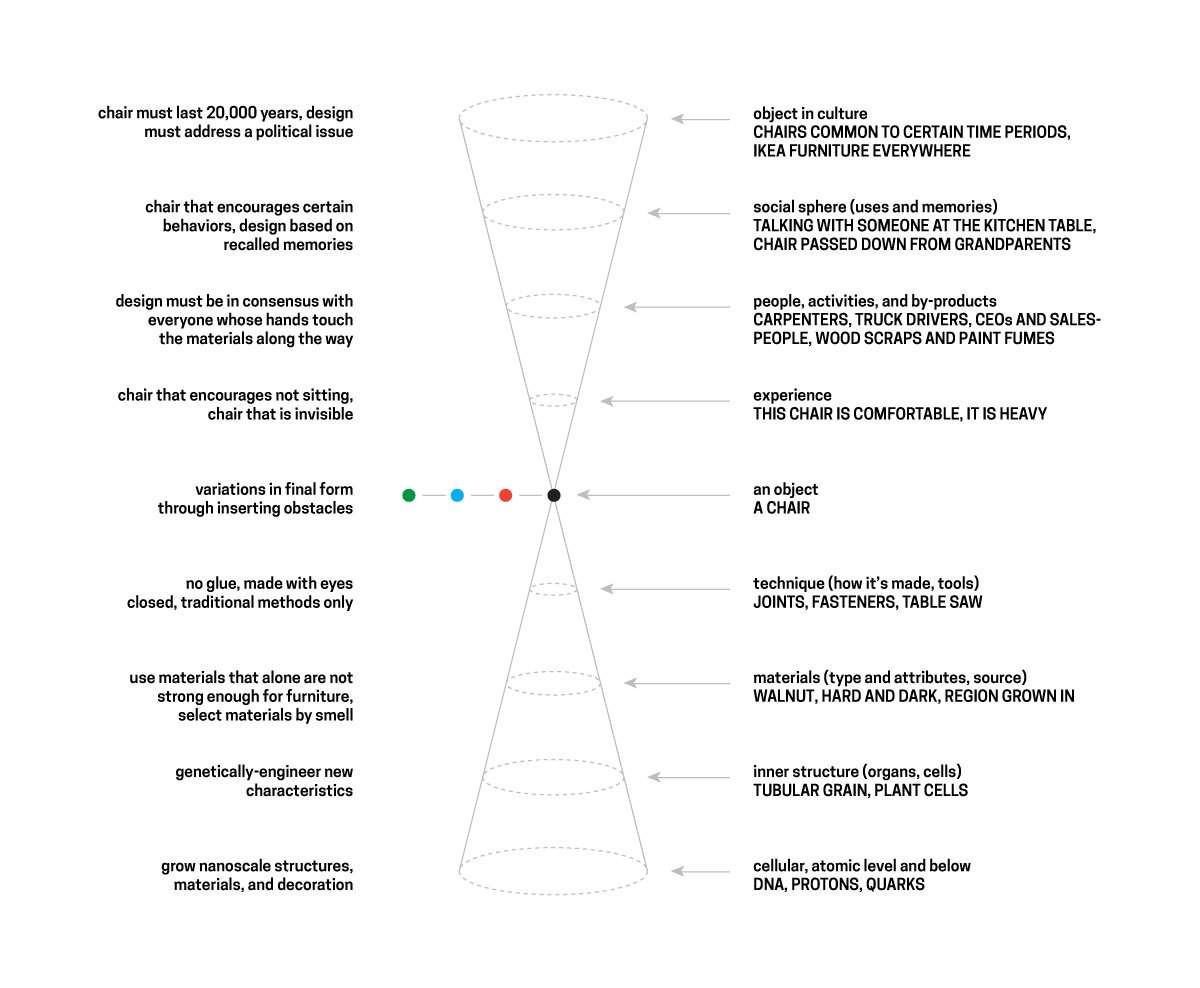


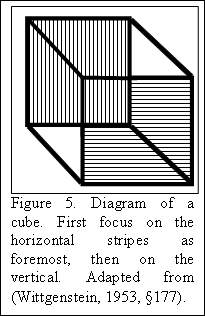


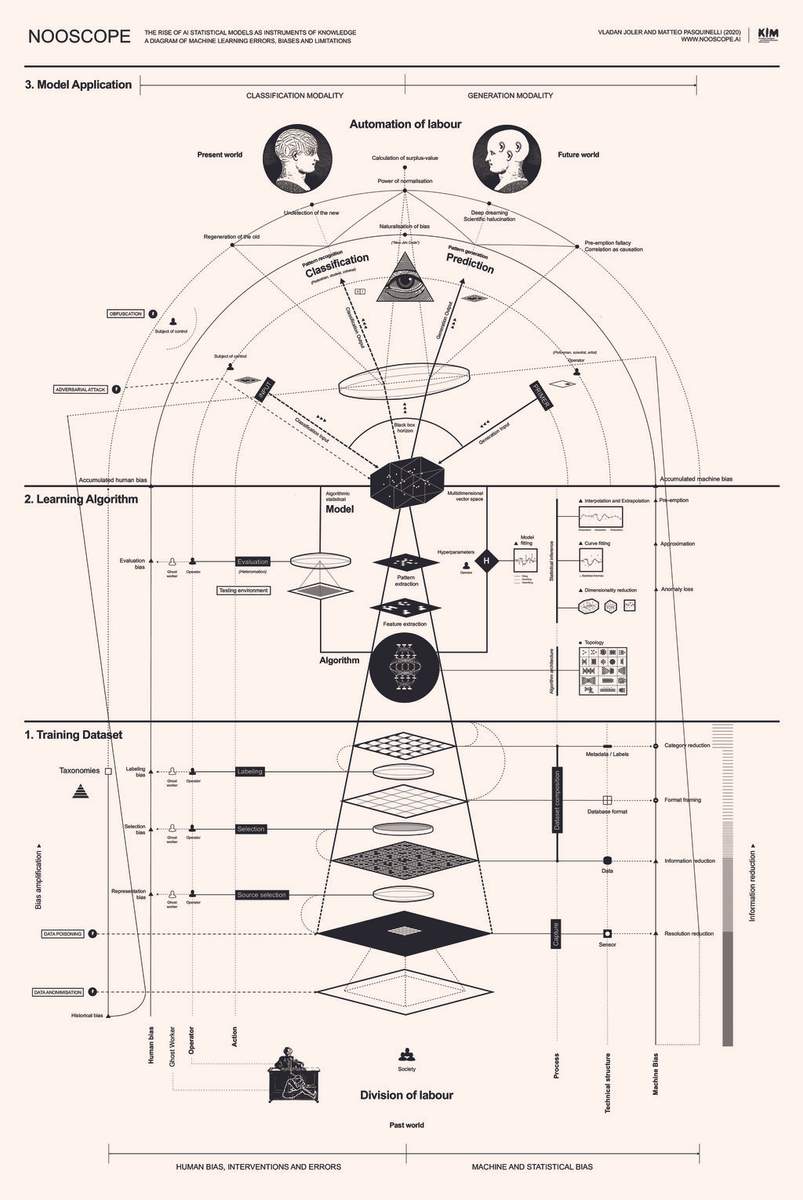


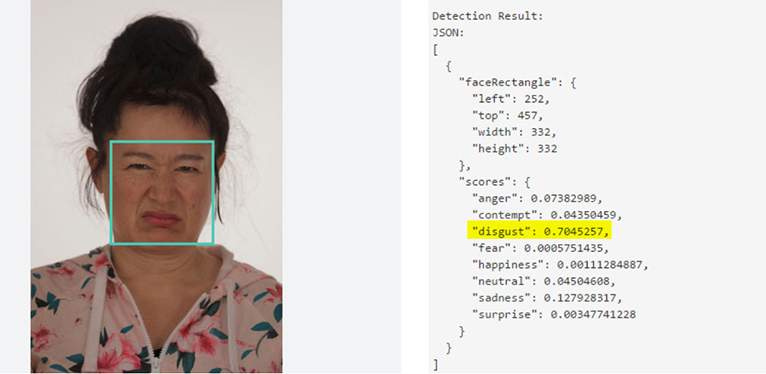


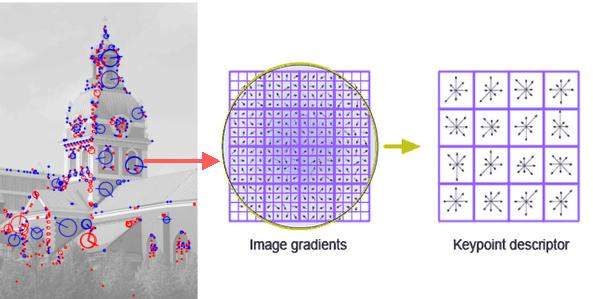





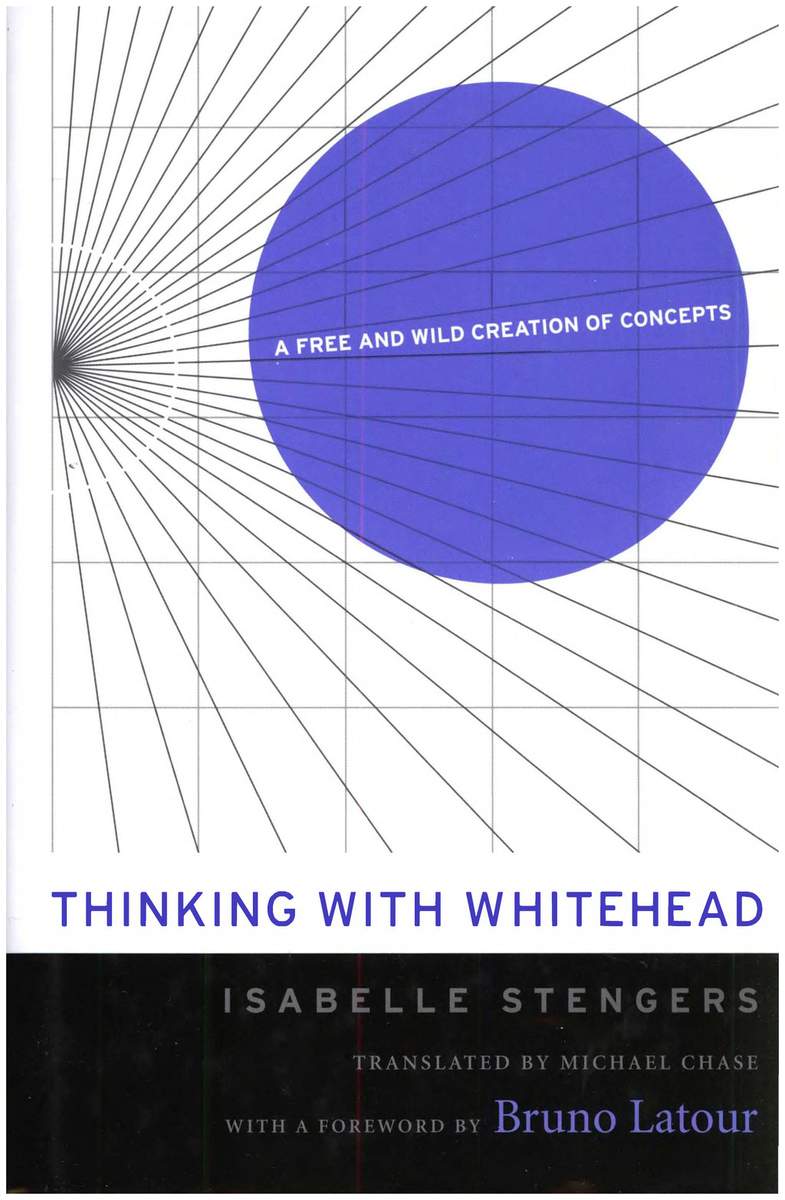


...like a piece of sensitive photographic paper, waiting passively to feel the shock of impression. And then I was quivering like a leaf, more precisely like a mute hunk of appetitional plasm, a kind of sponge in which the business of being excited was going on, run through by a series of external stimuli: the lane, the man, the pale light, the lash of silver – at the ecstatic edge of something to be known.
...like a piece of sensitive photographic paper, waiting passively to feel the shock of impression. And then I was quivering like a leaf, more precisely like a mute hunk of appetitional plasm, a kind of sponge in which the business of being excited was going on, run through by a series of external stimuli: the lane, the man, the pale light, the lash of silver – at the ecstatic edge of something to be known.
...like a piece of sensitive photographic paper, waiting passively to feel the shock of impression. And then I was quivering like a leaf, more precisely like a mute hunk of appetitional plasm, a kind of sponge in which the business of being excited was going on, run through by a series of external stimuli: the lane, the man, the pale light, the lash of silver – at the ecstatic edge of something to be known.
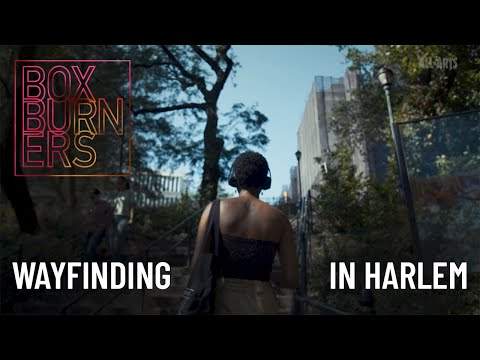


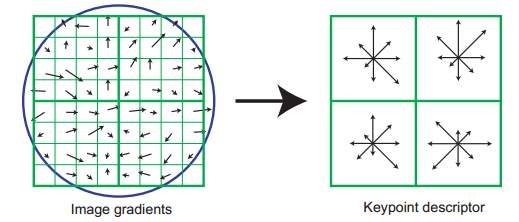


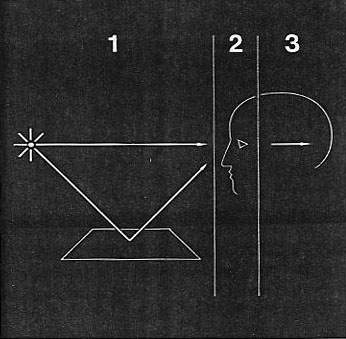


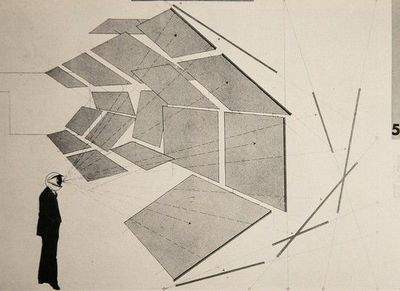

 aerial perspectives
aerial perspectives
aerial perspectives
aerial perspectives
aerial perspectives
aerial perspectives
aerial perspectives
aerial perspectives



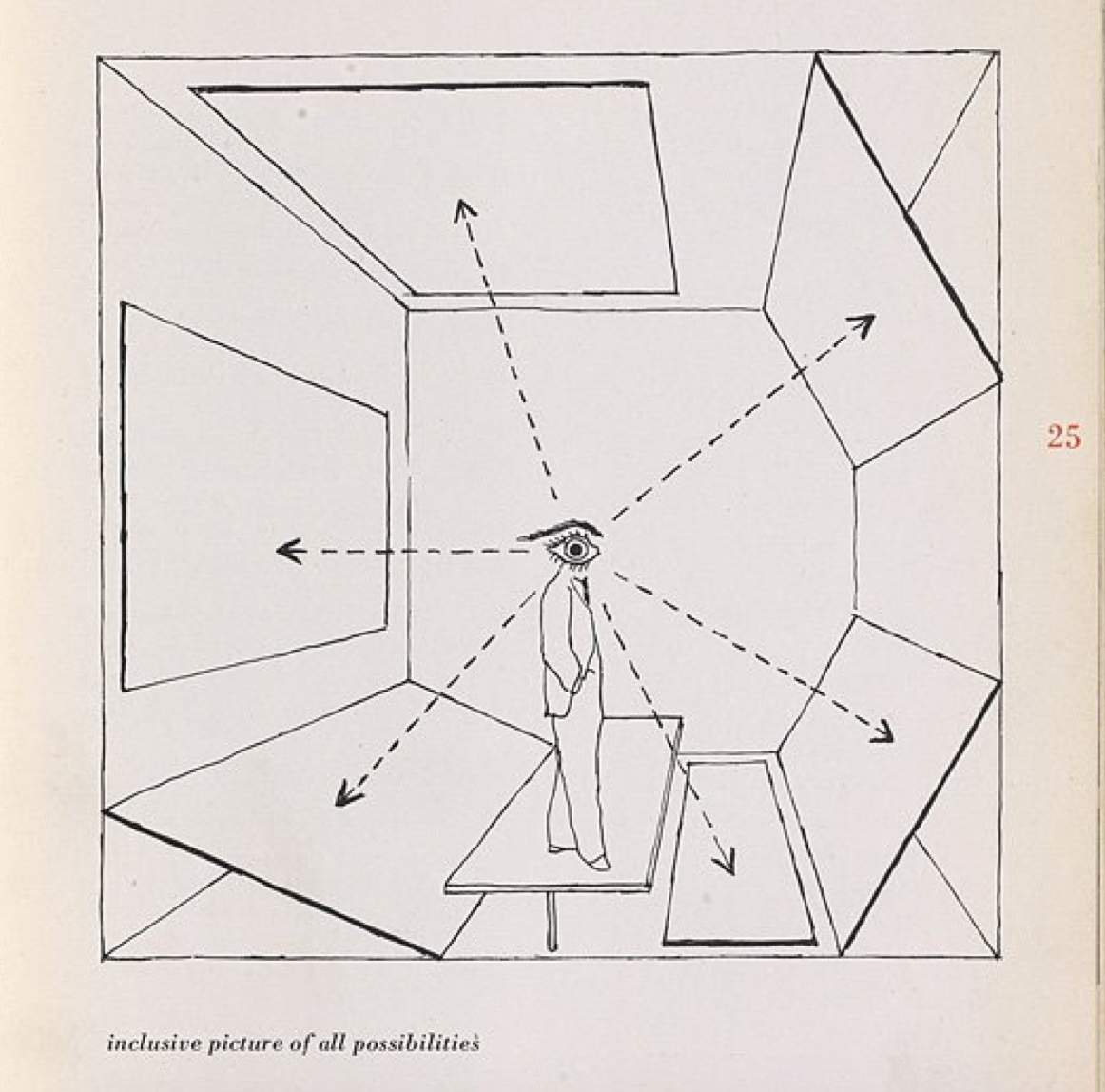











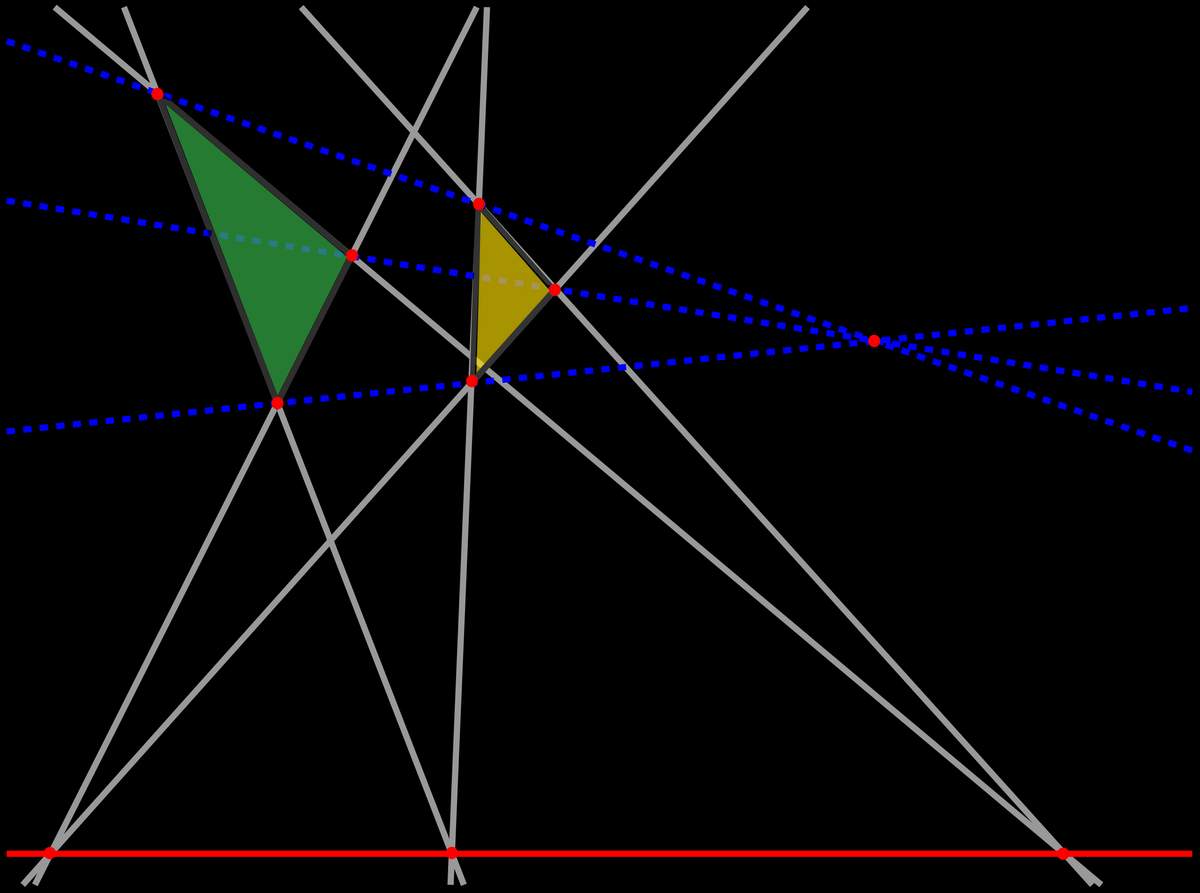


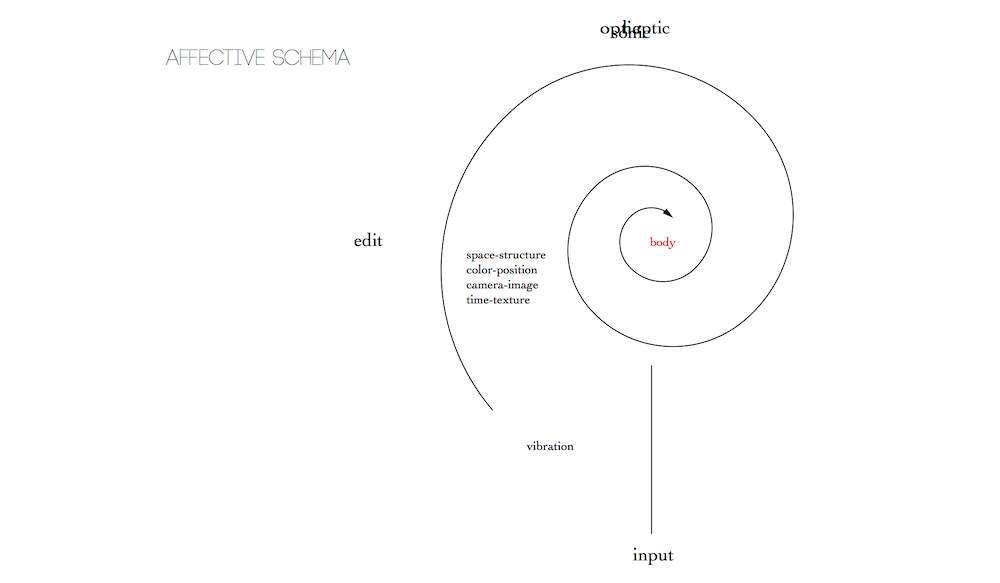





It is not the eye which sees but the body as a receptive totality.
It is not the eye which sees but the body as a receptive totality.
It is not the eye which sees but the body as a receptive totality.
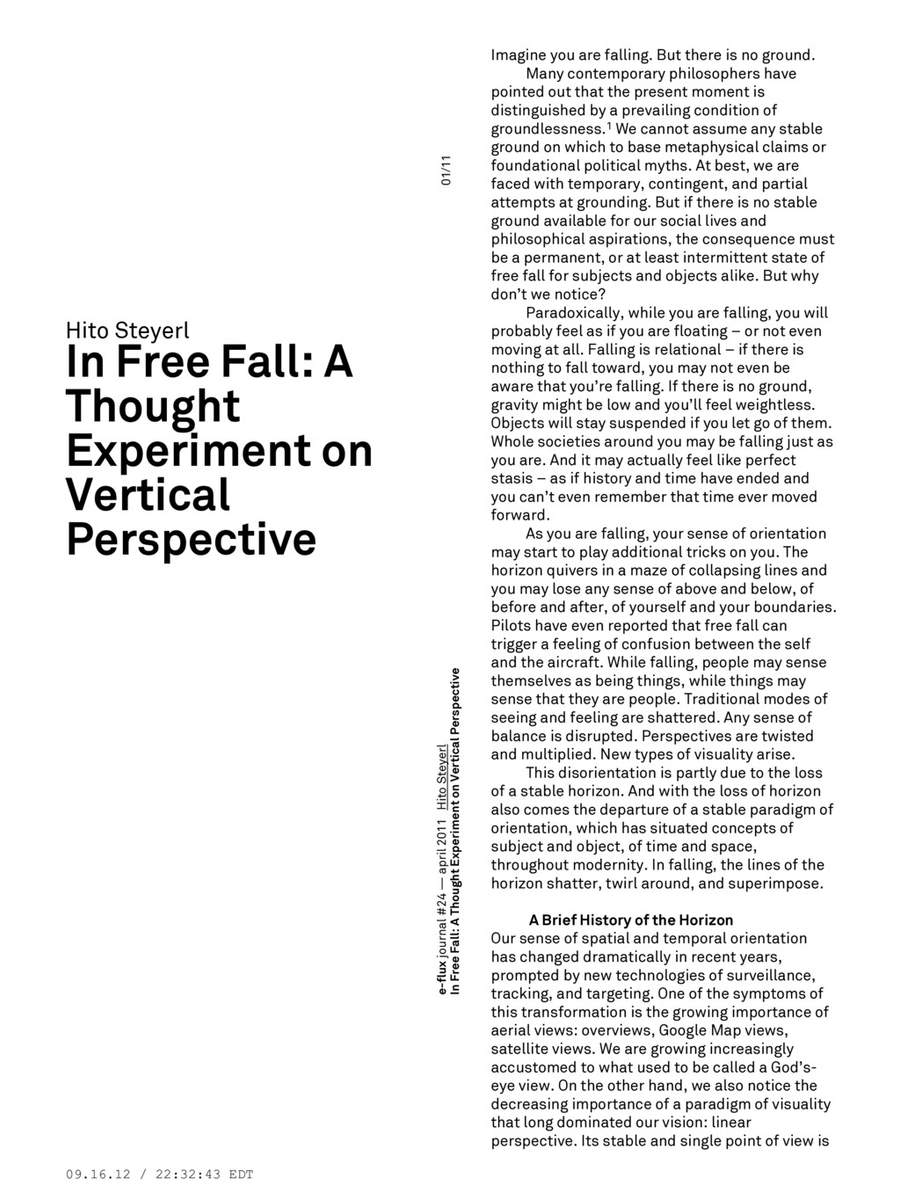


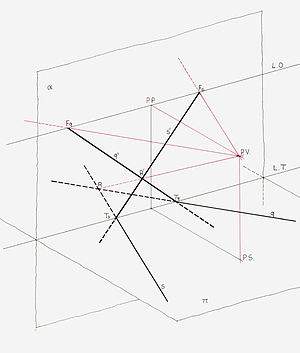





Seeing is superseded by calculating probabilities. Vision loses importance and is replaced by filtering, decrypting, and pattern recognition.
Seeing is superseded by calculating probabilities. Vision loses importance and is replaced by filtering, decrypting, and pattern recognition.
Seeing is superseded by calculating probabilities. Vision loses importance and is replaced by filtering, decrypting, and pattern recognition.
